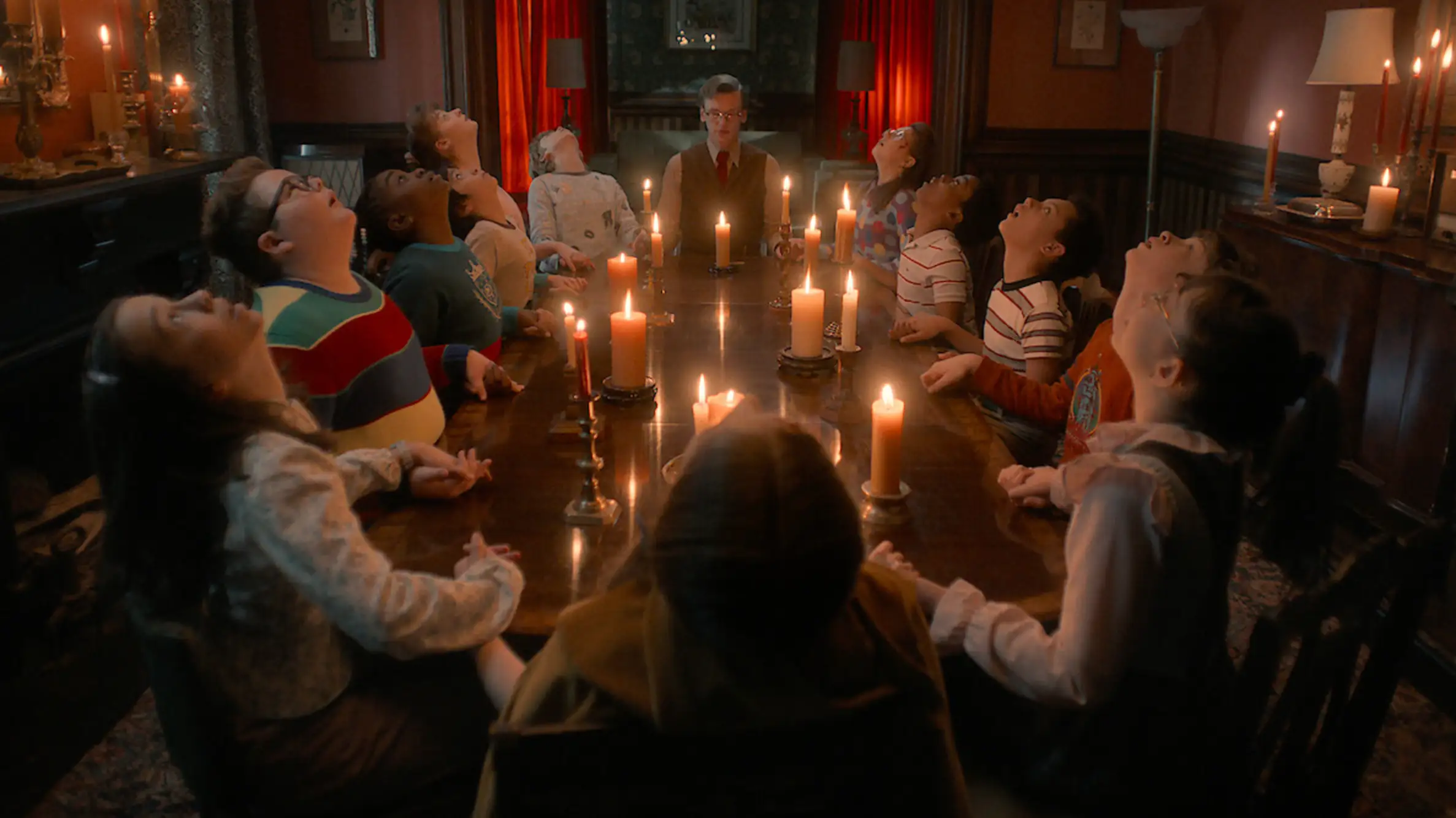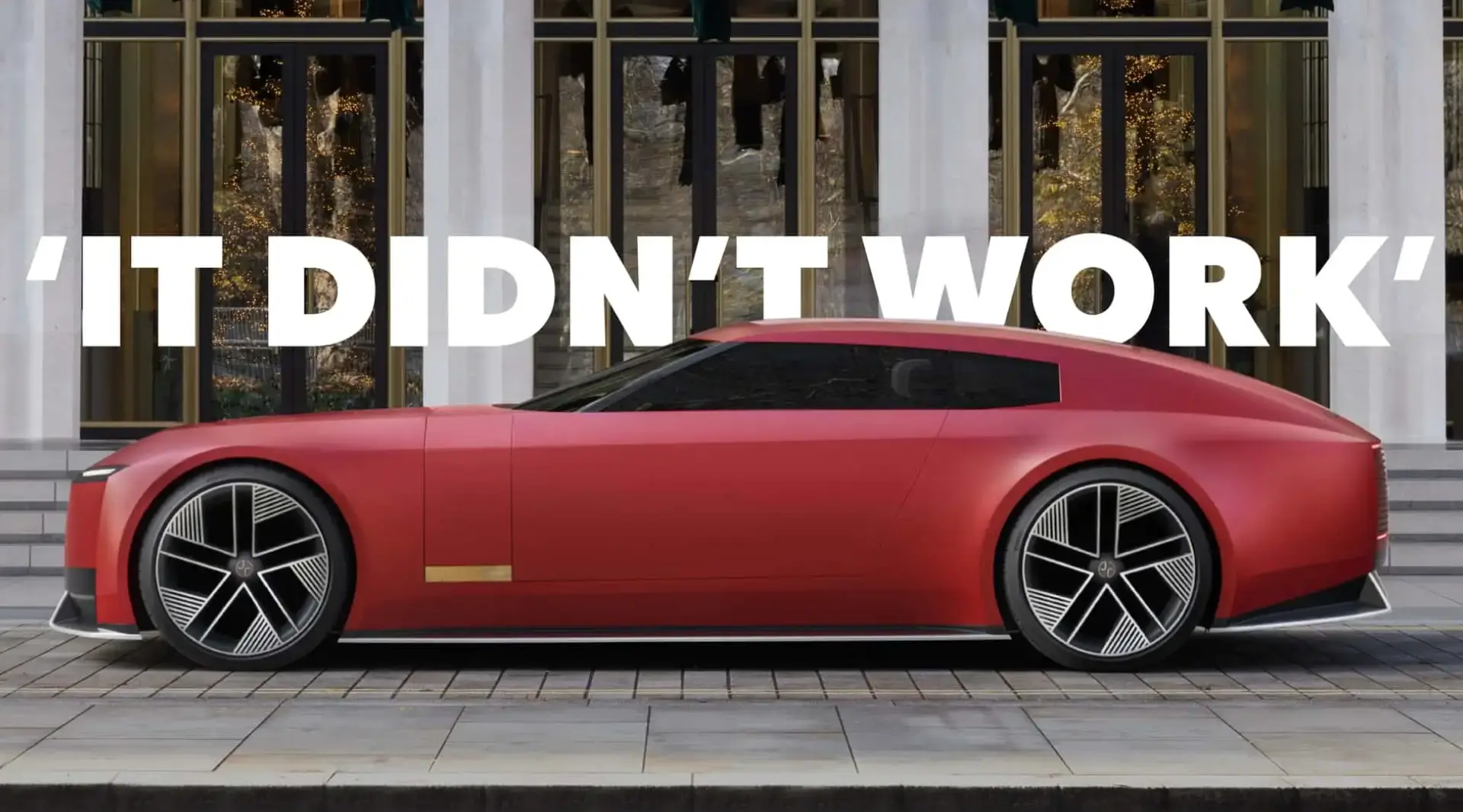Cadillac’s Journey: From Classic American Icon to EV Pioneer
Updated on
Published on

Cadillac—a name once synonymous with American luxury and prestige—has had quite the journey over the past century. Known for setting the gold standard in automotive innovation and design, the brand enjoyed a golden era in the mid-20th century when owning a Cadillac was the ultimate symbol of success. However, like many legacy brands, Cadillac experienced its share of ups and downs. After facing stiff competition, shifting market demands, and even internal missteps, the brand found itself at a crossroads. Fast-forward to 2024, and Cadillac is undergoing one of the most ambitious reinventions in its history, positioning itself for a bold electric future while staying true to its heritage.
Let’s take a closer look at where Cadillac began, the challenges it faced, and how it’s steering toward a new direction in the modern automotive landscape.

Cadillac’s Early Days: Setting the Standard of Excellence
Founded in 1902, Cadillac quickly established itself as a trailblazer in the automotive world. It was named after Antoine Laumet de La Mothe, sieur de Cadillac, a French explorer who founded Detroit, a fitting tribute for a brand that would come to symbolize American innovation and craftsmanship.
Early on, Cadillac built a reputation for precision engineering. In fact, in 1908, Cadillac became the first carmaker to win the Dewar Trophy, awarded for demonstrating the interchangeability of its precision-made parts. This achievement marked Cadillac as a leader in engineering excellence and set the tone for the brand’s future innovations.
By the 1920s, Cadillac had established itself as the premier luxury car manufacturer in the U.S. It became known for its powerful V8 engines, smooth rides, and lavish designs. Owning a Cadillac wasn’t just about driving; it was about making a statement. For many Americans, driving a Cadillac symbolized that they had “made it.”

The Mid-Century Glory: The Cadillac Dream
The post-World War II period was Cadillac’s golden age. During the 1950s and 1960s, Cadillac represented the peak of American luxury. Its cars were known for their tailfins, opulent interiors, and cutting-edge technology. Models like the 1959 Cadillac Eldorado became iconic with their dramatic styling and immense size. Owning a Cadillac was like driving a piece of art on wheels. The brand’s tagline, "The Standard of the World," was more than just marketing—it was a reality.
This era also saw Cadillac pioneering features like air conditioning, power steering, and automatic transmissions, which were seen as groundbreaking at the time. The brand became the go-to choice for celebrities, executives, and politicians. If you were successful in America, chances were you drove a Cadillac.
But while Cadillac was riding high, the seeds of its eventual struggles were already being planted. The world was changing, and the brand’s traditional formula of big, powerful cars with lavish designs would soon be tested by new consumer preferences.

Challenges of the Late 20th Century: The Fall from Grace
By the 1970s and 1980s, Cadillac’s dominance began to wane. Several factors played a role in the brand’s decline during these decades.
1. The Oil Crisis
In the 1970s, the oil crisis hit the automotive industry hard. Suddenly, consumers were looking for more fuel-efficient cars, and Cadillac’s big, gas-guzzling vehicles didn’t fit the bill. Smaller, more efficient imports from Japan and Europe, like Toyota and BMW, started capturing market share, offering reliability, fuel efficiency, and modern designs that appealed to younger buyers. Cadillac, with its emphasis on size and power, struggled to adapt quickly enough.
2. Loss of Prestige
In an attempt to reach a broader market and address the fuel-efficiency problem, Cadillac introduced smaller models like the Cadillac Cimarron in the early 1980s. However, the Cimarron, which was essentially a rebadged Chevrolet Cavalier, was widely criticized for being underwhelming and for tarnishing Cadillac’s luxury image. This move left many loyal customers disillusioned, and the brand’s prestige suffered as a result.
3. Stiff Competition
During the 1980s and 1990s, European luxury brands like Mercedes-Benz, BMW, and Audi began to dominate the luxury market in the U.S. Their vehicles offered superior handling, performance, and craftsmanship, which attracted buyers who once gravitated to Cadillac. At the same time, Japanese luxury brands like Lexus and Acura began to emerge, further eating into Cadillac’s market share.
Cadillac was seen as a brand for an older generation, while its competitors captured the attention of younger, more performance-oriented buyers. Cadillac needed a fresh identity—but it wouldn’t come until decades later.

The Early 2000s: The Comeback Attempt
In the early 2000s, Cadillac began making strides to reinvent itself and win back some of the prestige it had lost. One of the most notable changes was the introduction of the Art and Science design philosophy, which gave Cadillac a more modern, angular, and aggressive look. The launch of the Cadillac CTS in 2003 was a turning point, showcasing the brand’s ability to blend performance with luxury in a way that appealed to younger, more affluent buyers.
The CTS-V version, with its powerful V8 engine and track-ready performance, earned Cadillac some much-needed credibility among enthusiasts and even rivaled German luxury brands in terms of handling and power. Cadillac was proving that it could compete in the modern luxury landscape.
Around this time, Cadillac also focused on expanding into the SUV market, launching models like the Escalade, which became a cultural icon in its own right, embraced by celebrities and athletes alike.
However, despite these successes, Cadillac still faced challenges in maintaining long-term brand momentum, especially as the auto industry began shifting toward sustainability and electric vehicles.
The Reinvention: Cadillac’s Vision for the Future (2024)
As Cadillac enters 2024, it is undergoing one of the most significant transformations in its history. The brand is betting big on an all-electric future, positioning itself as a leader in the luxury EV market while maintaining its heritage of innovation and luxury.
1. Commitment to Electrification
In 2021, Cadillac announced its plans to go fully electric by 2030, making it General Motors’ flagship electric brand. This bold move comes as the entire auto industry pivots toward electrification in response to increasing consumer demand for eco-friendly vehicles and tightening emissions regulations. Cadillac’s first all-electric vehicle, the Lyriq, was introduced in 2022 and represents the brand’s future in EV technology.
The Lyriq, with its sleek design, cutting-edge technology, and luxury features, has been well-received, positioning Cadillac as a serious contender in the electric vehicle space. Following the Lyriq, Cadillac is set to release the Celestiq, a hyper-luxury electric sedan that will be hand-built and completely customizable. The Celestiq is expected to redefine what luxury means in the EV era, with prices reportedly starting at around $300,000.
2. Embracing Technology
Cadillac’s push into the EV market goes beyond just electrifying its lineup. The brand is also embracing advanced autonomous driving technology. Super Cruise, Cadillac’s hands-free driving system, is one of the most advanced on the market, offering a glimpse into the brand’s vision for the future of luxury driving. By integrating cutting-edge technology into its vehicles, Cadillac aims to attract a new generation of tech-savvy, environmentally conscious consumers.
3. Redefining Luxury
As Cadillac looks to the future, it’s reimagining what luxury means in the modern era. The brand is moving away from the excessive, flashy designs of the past and focusing on creating a more refined, understated luxury experience. This approach is evident in the design of its new EV models, which emphasize elegance, simplicity, and sustainability.
Cadillac’s new vision is all about creating an elevated driving experience that combines the best of luxury, technology, and eco-consciousness—an ambitious goal for a brand that once represented the gas-guzzling excess of American cars.
What’s Next for Cadillac?
As Cadillac reinvents itself for 2024 and beyond, the brand is taking bold steps to ensure it remains relevant in a rapidly changing automotive industry. Its pivot toward electric vehicles, focus on advanced technology, and commitment to redefining luxury reflect a brand that understands it must evolve to survive.
Will Cadillac’s gamble on an all-electric future pay off? Only time will tell. But if its past is any indication, Cadillac has the resilience, heritage, and innovation to continue being a major player in the luxury auto market, even as the industry changes around it. The journey from being America’s luxury icon to a modern, tech-forward brand has been long and complex, but Cadillac’s willingness to adapt suggests it’s ready for the challenges of the next era.







